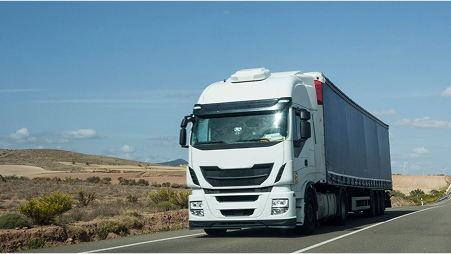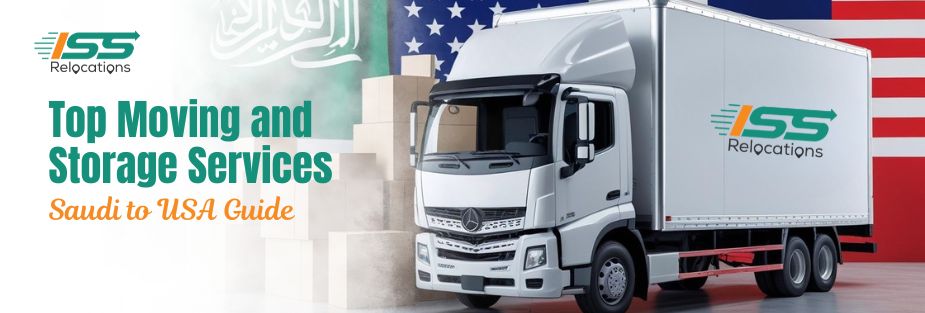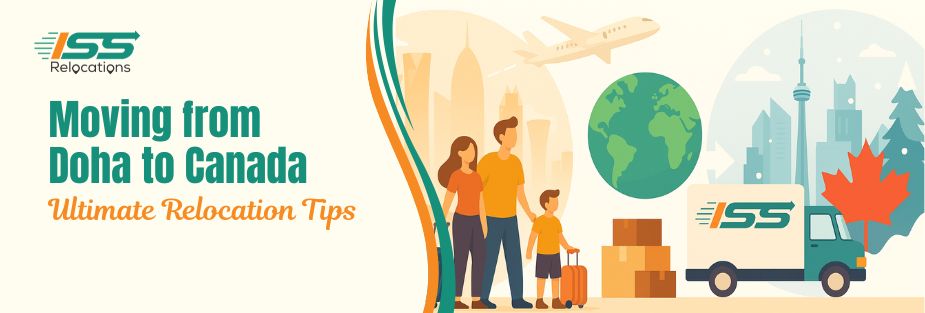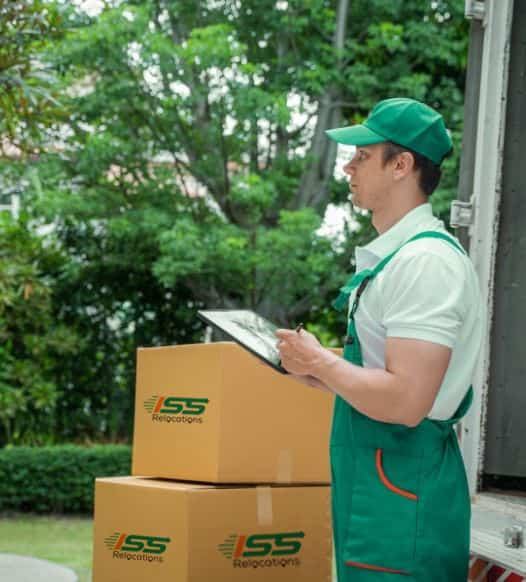
10 Useful Tips for a Smooth Pet Relocation
Moving to a new home is exciting but can be stressful, especially if you have pets. Moving with your furry friend is not just about packing up your belongings and heading to your new location. It requires careful planning, preparation, and patience to ensure that your pet is safe and comfortable throughout the entire process. As a pet owner, it is essential to prepare adequately for smooth pet relocation to reduce the stress of the process on both you and your pet. In this blog, we will discuss ten essential tips to help make the pet relocation process smoother.
Check the pet import regulations of your destination country
Before embarking on your smooth pet relocation journey, it is crucial to research the pet import regulations of your destination country. Different countries have varying rules and requirements for importing pets, and it is essential to ensure that you meet all the requirements to avoid any complications. Some countries may require specific vaccinations or quarantine periods, while others may prohibit certain breeds of pets. The embassy or consulate of the destination country is an excellent place to start when researching pet import regulations.
It is also vital to ensure that you have all the necessary documentation for your pet, such as health certificates and vaccination records. Failing to meet these regulations can lead to your pet being held at customs, which can cause a lot of stress for both you and your pet.
Schedule a visit to the veterinarian
Before the pet relocation process, it is essential to schedule a visit to the veterinarian. Your pet will need a health check-up to ensure that they are fit to travel. Depending on your destination country, your pet may need specific vaccinations or tests, and it is crucial to get these done in advance.
It is also essential to ask the veterinarian for a health certificate that verifies your pet’s overall health status. A health certificate is a crucial document that you will need when traveling with your pet.
Choose a pet-friendly mode of transportation
There are different modes of transportation available for pet relocation, such as air travel, car, train, or ferry. Each mode of transportation has its advantages and disadvantages, and it is essential to choose the most suitable option for your pet.
Air travel is the most common mode of transportation for pet relocation, but it can be stressful for pets. Some airlines may have restrictions on the type of carrier or size of the pet, and it is crucial to research these regulations in advance. Car travel may be more comfortable for your pet, especially if you have a nervous pet. However, it may not be practical if you are traveling a long distance.
Whatever mode of transportation you choose, it is essential to ensure that it is pet-friendly, and that your pet has enough space to move around comfortably.
Book a pet-friendly accommodation
When relocating with your pet, it is essential to book accommodation that is pet-friendly. Many hotels and rental properties may not allow pets, and it is crucial to research and book accommodation that is suitable for your pet’s needs.
There are different types of pet-friendly accommodations available, such as pet-friendly hotels, rental properties, or vacation homes. It is essential to book accommodation that has enough space for your pet and is in a safe and convenient location.
Pack a pet relocation kit
When traveling with your pet, it is essential to pack a pet relocation kit that contains all the necessary items for your pet’s journey. This kit should include enough food, water, medication, and familiar items that can provide comfort to your pet. It is also essential to pack a first-aid kit and a leash and collar.
It is crucial to pack your pet’s favorite toys, blankets, or bedding to help them feel more comfortable during the journey.
Prepare your pet for the journey
Before the journey, it is important to prepare your pet for the journey ahead. This is particularly important if your pet is not used to traveling or has a tendency to become anxious or stressed. There are several ways you can help acclimate your pet to their carrier or mode of transportation.
Firstly, you should introduce your pet to its carrier or crate several days or weeks before the journey. Leave the carrier open in a comfortable and familiar environment, and encourage your pet to explore it on their own terms. You can also try placing familiar items such as toys, blankets, or treats inside the carrier to make it more appealing.
Once your pet is comfortable with the carrier, you can start to take short trips with them to get them used to being in it for longer periods. Gradually increase the length of the trips until your pet is comfortable spending several hours in the carrier.
If you are traveling by car, it is important to secure the carrier safely in the car to prevent it from moving around or falling over. You can also cover the carrier with a blanket or towel to help your pet feel more secure and reduce outside stimuli.
For pets that are particularly anxious or stressed, there are various calming products that can help to ease their anxiety. These include natural remedies such as pheromone sprays or diffusers, as well as over-the-counter medications or supplements that can help to reduce anxiety and promote relaxation. However, it is important to speak to your veterinarian before giving your pet any medication or supplement, as some may have side effects or interact with other medications.
During the journey, it is important to keep your pet comfortable and calm. Offer them plenty of water and breaks for exercise if possible, and try to maintain a consistent routine as much as possible. You can also offer treats or toys to help distract and entertain your pet during the journey.
Hire a pet relocation service
If you are feeling overwhelmed or unsure about the pet relocation process, it may be beneficial to hire a professional smooth pet relocation service. These services can help to manage the logistics of the move, provide guidance on pet import regulations, and offer advice on the best mode of transportation for your pet.
A pet relocation service can also handle all aspects of the move, including booking flights, securing necessary permits, and arranging for ground transportation. They can also help to prepare your pet for the journey, including providing guidance on crate training and acclimation to carrier or mode of transportation.
When choosing a smooth pet relocation service, it is important to research different providers and choose a reputable and experienced company. Look for reviews and testimonials from previous clients, and ensure that the company is licensed and insured.
Plan for the arrival of your pet
After a long journey, your pet will likely be tired and stressed, so it is important to plan for their arrival in advance. This may include arranging for transportation from the airport or seaport to your new home, and ensuring that your home is set up and ready for your pet’s arrival.
If you have booked accommodation in advance, ensure that the accommodation is pet-friendly and has all the necessary amenities, such as a safe and secure outdoor space for your pet to exercise and play. You may also need to purchase additional items such as food and water bowls, bedding, and toys to help your pet feel at home.
It is also important to arrange for any necessary veterinary care upon arrival. This may include scheduling a follow-up visit with a local veterinarian to ensure that your pet is healthy and up-to-date on any necessary vaccinations.
Monitor your pet’s behavior after the relocation
The relocation process can be stressful for pets, and it is common for pets to experience changes in behavior after a move. These may include changes in appetite, sleep patterns, or activity levels, as well as signs of anxiety or stress. It is important for pet owners to monitor their pets closely after the relocation and to seek professional help if necessary.
One common issue that pets may experience after a move is separation anxiety. Pets can become attached to their owners and may become distressed when left alone, especially in a new environment. Signs of separation anxiety may include destructive behavior, excessive barking or whining, or attempts to escape.
To help alleviate separation anxiety, pet owners can gradually acclimate their pets to being left alone by starting with short periods of time and gradually increasing the length of time. Providing plenty of toys and treats can also help keep pets occupied while their owners are away.
It is also important for pet owners to establish a routine for their pets as soon as possible after the relocation. This can help provide a sense of stability and familiarity for the pet in the new environment. Consistent feeding and exercise times, as well as regular play and bonding time with the owner, can all help a pet adjust to a new home.
If a pet’s behavior changes drastically or if the pet shows signs of distress, it is important to seek professional help. A veterinarian or animal behaviorist can provide advice and guidance on how to help a pet adjust to a new environment and how to manage any behavior issues that may arise.
Take care of yourself during the relocation process
Relocating a pet can be a stressful and emotional process for pet owners as well. It is important to prioritize self-care and to take steps to manage stress and anxiety during the relocation process.
One important way to take care of oneself during a smooth pet relocation is to stay organized and plan ahead. Creating a checklist of tasks and deadlines can help reduce stress and ensure that everything is taken care of in a timely manner. It is also important to ask for help when needed, whether it is from family and friends or from professional pet relocation services.
Taking breaks and engaging in activities that promote relaxation and stress relief can also help pet owners manage their emotions during the relocation process. Going for walks, practicing yoga or meditation, or simply taking a few minutes to read or listen to music can all be effective ways to reduce stress and promote a sense of calm.
In addition to taking care of oneself, it is important for pet owners to stay positive and focus on the benefits of the relocation. Keeping in mind the reasons for the move and the positive aspects of the new environment can help pet owners stay motivated and optimistic during the relocation process.
Conclusion
Relocating a pet can be a challenging and stressful process, but with careful planning and preparation, it is possible to ensure a smooth and successful transition. By researching pet import regulations, scheduling a visit to the veterinarian, choosing a pet-friendly mode of transportation, booking a pet-friendly accommodation, packing a pet relocation kit, preparing the pet for the journey, hiring a professional and smooth pet relocation service, planning for the arrival of the pet, monitoring the pet’s behavior after the relocation, and taking care of oneself during the process, pet owners can help ensure a successful and stress-free pet relocation.
It is important to remember that pet relocation is a complex process that requires careful attention to detail and a commitment to providing the best possible care for one’s pet. By seeking professional help when necessary and prioritizing the needs of their pet, pet owners can help ensure a smooth and successful relocation that benefits both themselves and their beloved animal companions.
Plan Stress-free Move with Top Moving Company in UAE - ISS Relocations

Frequently Asked Questions
What is the best pet relocation service?
The best pet relocation service ensures safe, stress-free, and efficient transportation of pets. ISS Relocations specializes in smooth pet relocation, handling documentation, airline bookings, and quarantine requirements to ensure pets travel comfortably and securely.
Are pet relocation services worth it?
Yes, professional pet relocation services handle all logistics, ensuring your pet’s safety and compliance with travel regulations. ISS Relocations provides expert pet transportation, reducing stress for pet owners and ensuring a seamless move.
How much does pet relocation cost?
The cost of pet relocation varies based on distance, airline fees, pet size, and destination regulations. ISS Relocations offers competitive pricing for smooth pet relocation, managing end-to-end logistics to ensure safe transport.
How much do international pet transport services cost?
International pet transport costs depend on flight fees, veterinary requirements, and quarantine regulations. ISS Relocations provides cost-effective solutions for international pet relocation, ensuring all legal and safety measures are met.
What is the cheapest way to ship a pet?
The most cost-effective way to relocate a pet is through professional pet relocation services that offer shared cargo or economy-class flights. ISS Relocations provides tailored options for pet travel, ensuring safety while keeping costs affordable.
Do moving companies move pets?
Not all moving companies handle pet relocation, but ISS Relocations specializes in smooth pet relocation, managing everything from transportation to customs clearance, making sure pets reach their new home safely.
Are pet relocation services safe?
Yes, professional pet relocation services ensure pets travel in climate-controlled, pet-friendly environments. ISS Relocations follows global safety standards, ensuring your pet’s comfort and well-being during the journey.
Moving Company - Recent Blog
Stay informed and prepared for your next move with our latest blogs on moving services in the UAE. From expert packing tips to international relocation guides, ISS Relocations brings you up-to-date insights to make your moving experience smoother, safer, and stress-free.










